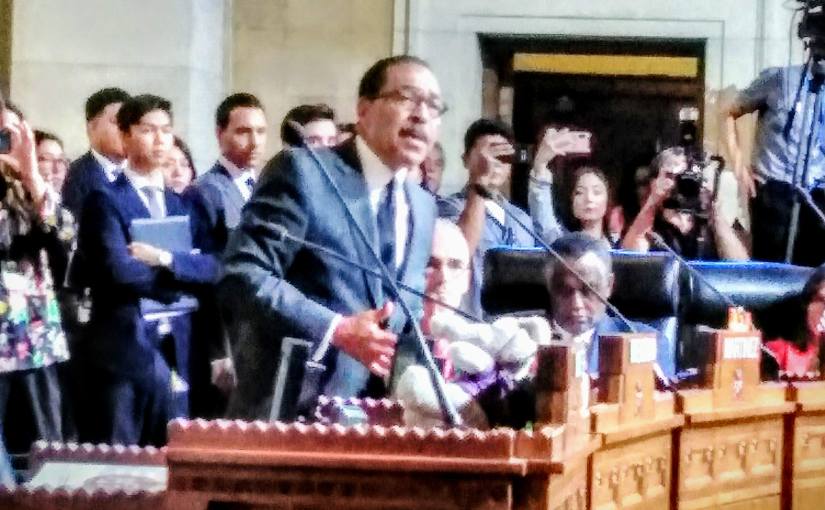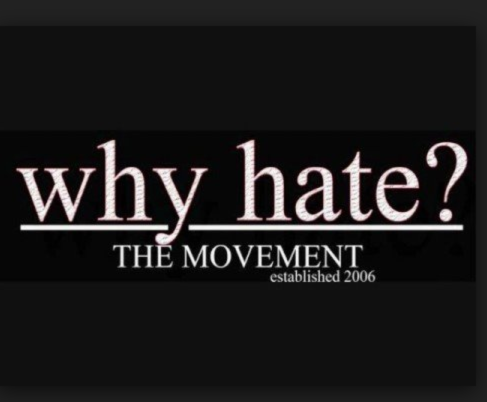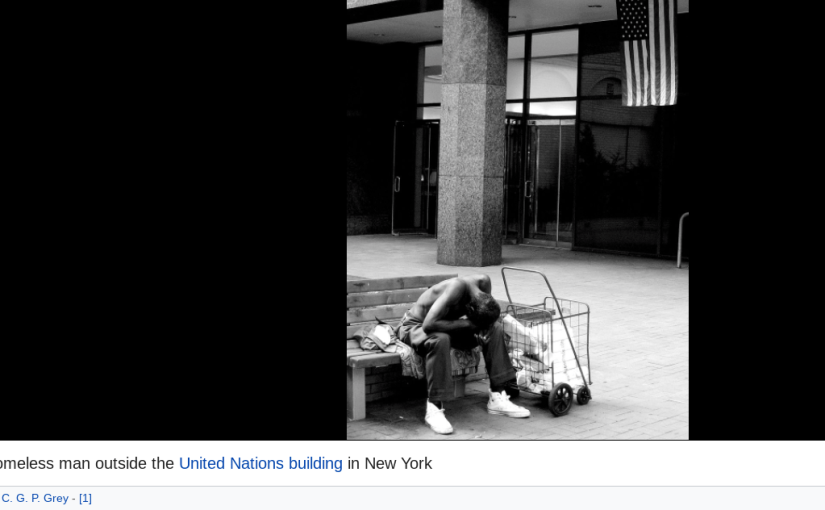In this day and age to have to rent instead of being a home owner puts you at risk for becoming homeless. In the city of Seattle some crooked landlords are creating and adding to the problem of homelessness. Being able to charge higher rents may be the cause.
My story begins in 2009 when I rented the basement apartment from a woman named Hla Yin Yin Waing (aka Wang Helmstetter). I made the mistake of not insisting on a rental contract, which I will never do again. Our verbal agreement began with an agreed upon amount for rent and the stipulation that I would pick her children up from school and watch them until she arrived home around 6PM. That would give me the day to work on my photography business, which I was trying to start after attending fine art photography school.

Unfortunately Wang began asking for more and more favors until I was waking the family up at 8AM, helping get the children ready for school, driving Wang downtown to her job at the senior services center and driving the children to 2 different schools. I then had to pick them up and take them to their after school activities, come home, cook them dinner and wait for Wang to get home around 9 or 10. It was a full day and did not leave me time to work. All of this was done for free and she demanded rent. At first I could pay with my unemployment money, but when that ran out I had nothing. She demanded more and more and I felt I had to do it to keep a roof over my head. I had never been homeless.
I reopened my unemployment claim and began paying her rent again. I told her I could no longer be a nanny to her children as I needed to look for work. That is when she really got ugly. She intentionally flooded my apartment, which began to smell from the water damage. She told me when it happened that she was not going to help me. it was an attempt to get me to move. She began putting pressure on me about what I was going to do when my unemployment ran out. She began with holding my mail, coming into my apartment when I was and was not there. if I had a date or plans she would call me and say she was coming home late.
I finally moved to Denver to get away from her controlling behavior. My nightmare with her did not end there. She started a campaign of hate against me stating to people that I owed her money, that I was crazy and convinced people that I need to be held back so that others more worthy than I can fill job positions.
I have mostly been homeless since that time. I moved back to Seattle in 2013 where I was harassed by Asians on a daily basis. I was hit on the back of the head on the bus by an Asian man, I was ran off the road, harassed on public transportation and a bus driver refused to pick me up until I started standing in the road so he would have to stop or run me over. My complaints to police went unnoticed. Public transportation finally put up signs against harassment.
An elderly couple from my synagogue let me stay with them for a while. At first I thought it was one of the nicest things anyone has ever done for me. I soon learned otherwise. They began emulating my landlord whom I believe they met through senior services where she taught classes on how to do to others what she did to me. They knew things only she could have told them. They tried simulating the flooding of the basement, which ended up almost getting me killed as I was going to plug in a hair dryer but at the last minute change my mind. Had I done so I would not be here now. I do not believe it was intentional, but the flooding was.
Hla Yin Yin Waing is now the Executive Director of a non-profit organization called the Center for Ethical Leadership. I believe this organization conducts classes on how to do to others in Seattle what she did to me. I know this from a Facebook post where she and her organization were recommended for just that sort of thing.
if people are being manipulated into leaving or eviction, that is causing the number of homeless to rise. She is emulating Ang Sung Suu Kyi the leader of Myanmar who uses the same techniques to control the muslim minority there called the Rohingya, where a genocide of these people is now occurring.
If we want to end homelessness we need to stop supporting organizations that are creating homelessness. Before you donate money to an organization be sure you know what they are actually doing. In looking at the Center for Ethical Leadership’s website the explanation of what they do is vague. Be sure an organization can provide concrete figures and results of what they provide.
Let us make 2018 the year we begin to end homelessness.









